What It Took for Takealot to Disrupt the eCommerce Industry in South Africa
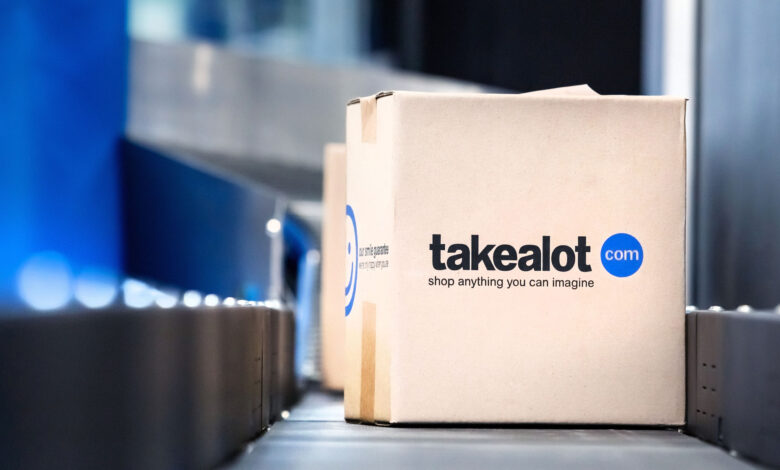
What It Took for Takealot to Disrupt the eCommerce Industry in South Africa. In a country where brick-and-mortar retail has long dominated consumer habits, Takealot emerged as a trailblazer, redefining South Africa’s eCommerce landscape. Today, it’s the leading online retailer in the country, but its journey to the top was anything but smooth. Takealot’s rise is a testament to innovation, strategic marketing, resilience, and the ability to adapt to a rapidly changing digital economy.
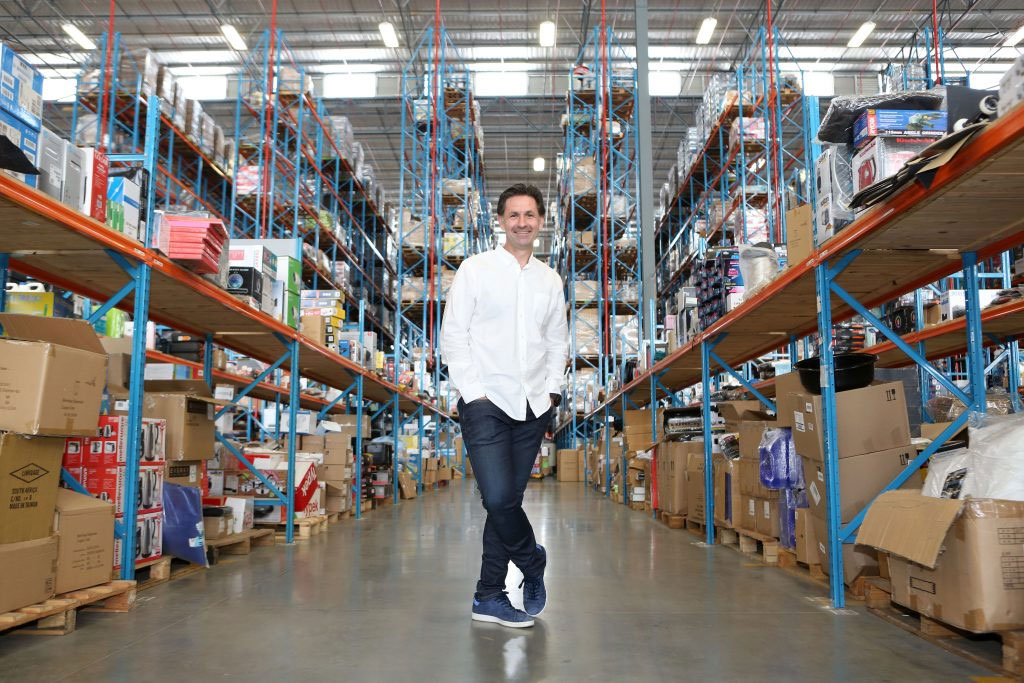
The Early Days: Building a Foundation
Takealot began in 2011 when Tiger Global Management and Kim Reid acquired a controlling stake in Take2, a local e-commerce platform, and rebranded it to Takealot. The rebranding wasn’t just cosmetic—it marked the start of an ambitious effort to position the company as South Africa’s answer to Amazon.
The founders understood that South Africa’s eCommerce market was still in its infancy, with infrastructure challenges, a lack of consumer trust, and limited internet penetration. Despite these obstacles, they saw untapped potential in a growing middle class and an increasing appetite for convenience.
Overcoming Challenges: The Battle for Consumer Trust
In the early years, convincing South Africans to shop online was no small feat. Concerns about payment security, unreliable delivery, and product authenticity were significant barriers. Takealot tackled these head-on:
- Innovative Logistics: They invested heavily in logistics infrastructure, including their own delivery network and warehouses, to ensure reliable and fast deliveries.
- Secure Payments: By introducing secure payment options, including cash-on-delivery, they catered to customers wary of sharing their card details online.
- Customer Experience: A generous returns policy and strong customer support helped instill confidence in online shopping.
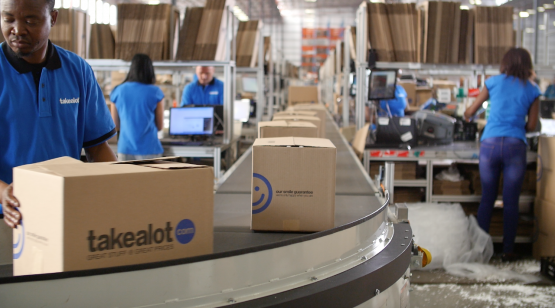
Strategic Marketing: Winning Hearts and Minds
Takealot understood the power of strategic marketing in reshaping consumer behavior. Through targeted digital advertising and partnerships, they positioned themselves as a reliable, convenient, and affordable shopping solution.
- Seasonal Campaigns: Events like Black Friday were leveraged to drive massive traffic and encourage first-time buyers.
- Product Variety: They ensured a wide range of offerings, from electronics to household goods, creating a one-stop-shop experience.
Their marketing emphasized convenience and the value of time, appealing to busy professionals and urban consumers.
Milestone: The Merger with Kalahari.com
One of Takealot’s most pivotal moments came in 2015 when it merged with its biggest competitor, Kalahari.com. This strategic move consolidated the market, allowing Takealot to dominate eCommerce in South Africa. The merger brought together two customer bases, expanded product offerings, and streamlined operations.
Innovative Approaches: Embracing Technology
Takealot consistently stayed ahead of the curve by adopting cutting-edge technology. From AI-driven recommendations to improving mobile app functionality, they made the shopping experience seamless. Recognizing the importance of mobile commerce in South Africa, they invested heavily in optimizing their platform for mobile users.
Additionally, their acquisition of Mr D Food demonstrated their commitment to diversifying revenue streams and tapping into the growing demand for food delivery services.
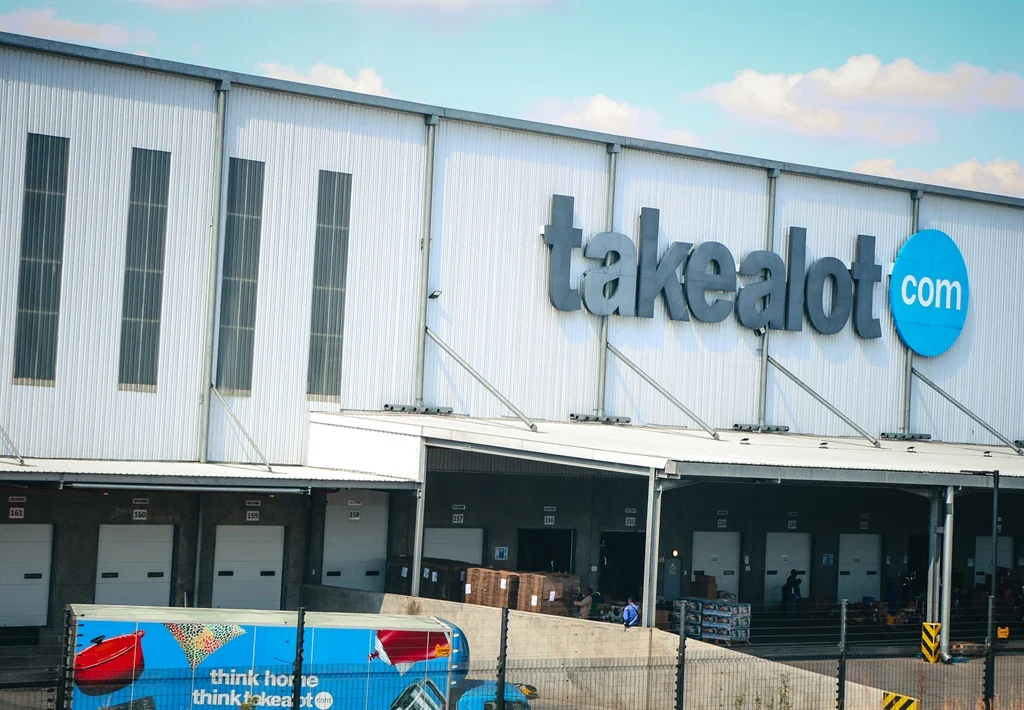
Resilience: Navigating South Africa’s Unique Challenges
Operating in South Africa came with unique hurdles, such as unreliable infrastructure, load-shedding, and regional disparities in consumer access. Takealot addressed these challenges through:
- Warehouse Optimization: Strategically placed warehouses ensured efficient deliveries even in remote areas.
- Adaptability: They developed contingency plans for power outages and worked with third-party logistics providers to reach underserved regions.
Expansion and Growth: Scaling for the Future
Today, Takealot is South Africa’s largest online retailer, with millions of active users. Its growth strategy included scaling its product offerings, enhancing delivery capabilities, and staying customer-focused. With a robust app, frequent promotions, and continuous investment in infrastructure, Takealot has solidified its market leadership.
Key Lessons For Aspiring Entrepreneurs
- Focus on Customer Pain Points: Address the specific challenges your target audience faces, whether it’s payment security or delivery reliability.
- Invest in Logistics: In eCommerce, logistics is king. A reliable and fast delivery network can set you apart.
- Leverage Strategic Partnerships: Collaborate or merge with competitors to consolidate resources and gain market share.
- Adapt to Local Challenges: Develop solutions tailored to the unique challenges of your market.
- Use Technology to Innovate: Continuously improve your platform’s user experience and functionality to stay ahead.
- Build Trust: Customer loyalty starts with trust. Generous returns policies, secure payments, and excellent service go a long way.
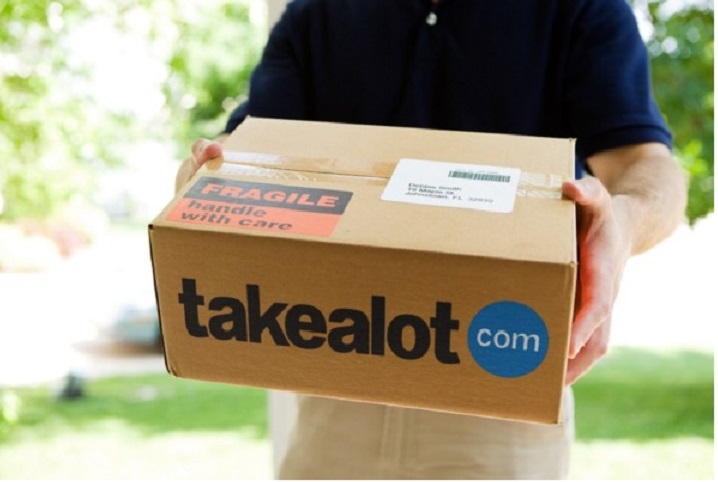
Takealot’s journey to disrupt South Africa’s eCommerce industry is a masterclass in resilience, innovation, and strategic thinking. By understanding the local market, addressing key pain points, and staying ahead of trends, they transformed a fledgling industry into a thriving ecosystem.
For aspiring entrepreneurs, Takealot’s success offers a blueprint for navigating challenges, leveraging opportunities, and building a brand that lasts. Disruption doesn’t happen overnight—it takes bold moves, continuous improvement, and a relentless focus on the customer.




